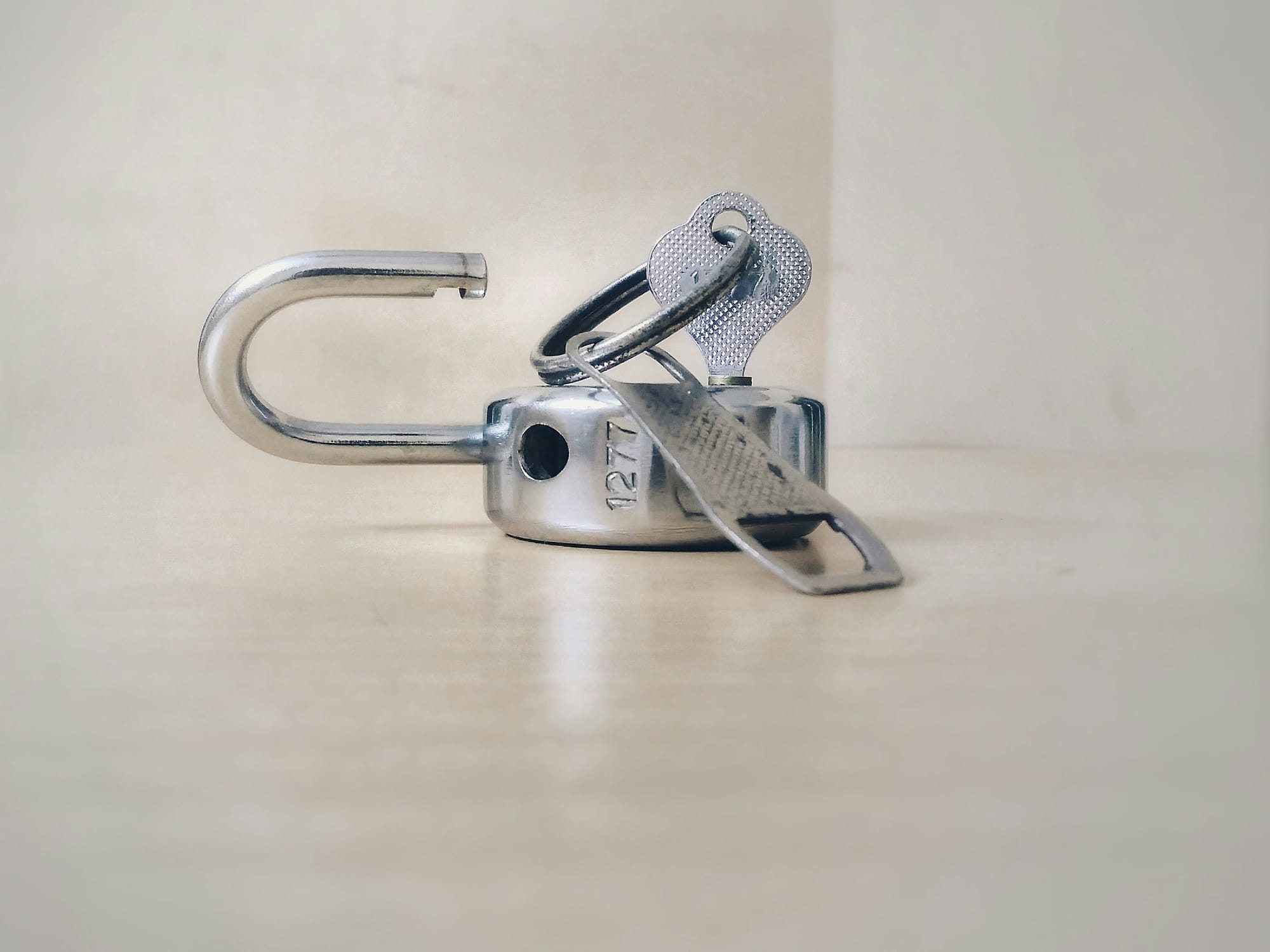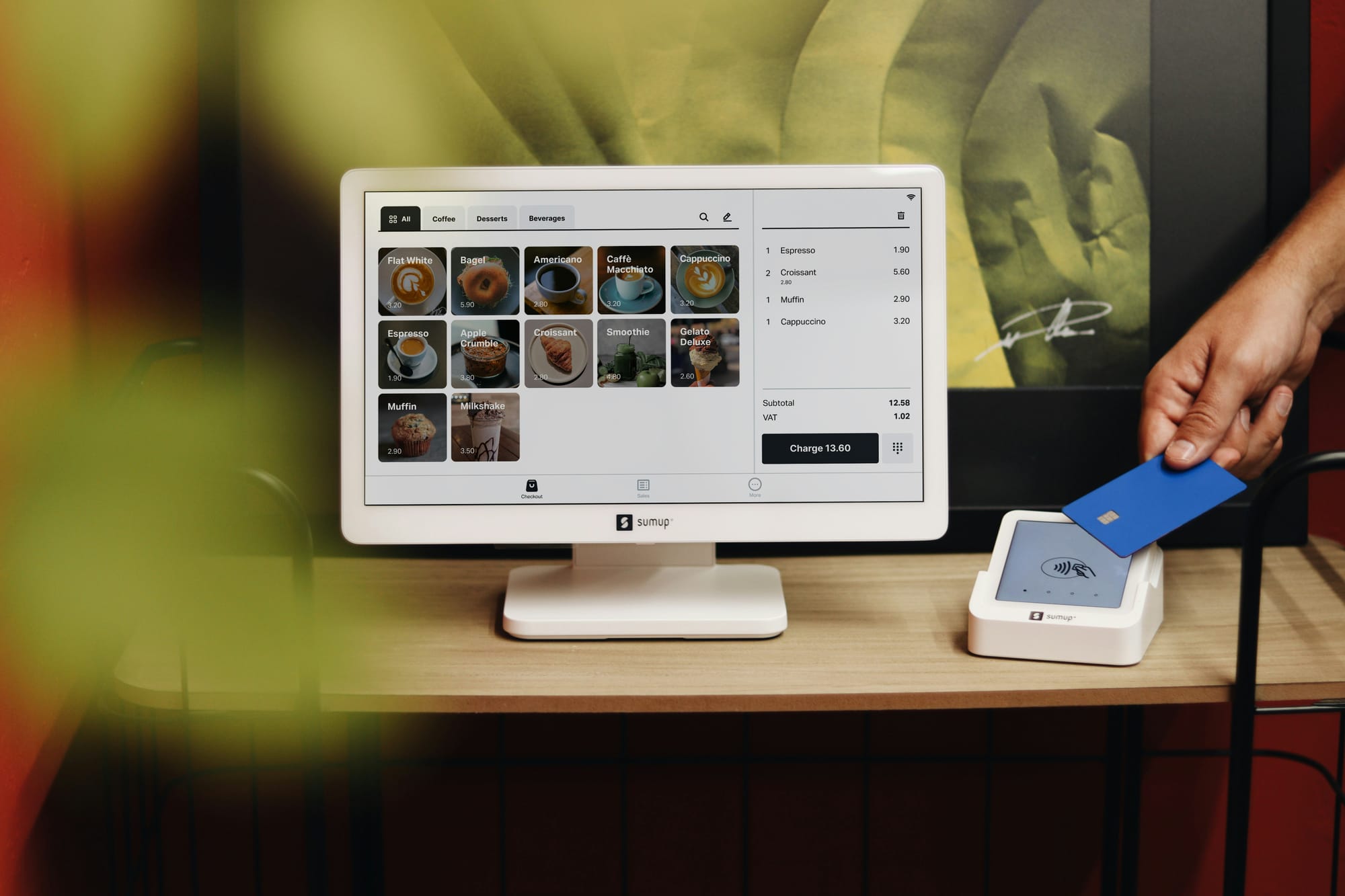
Crafting the perfect first impression with a custom homepage

Your homepage is the digital front door to your online business. Whether you’re running an ecommerce site, a SaaS platform, or any other online venture, the homepage is often the first touchpoint for potential customers. A custom homepage can significantly impact user experience, conversions, and how your brand is perceived. In a competitive landscape, build a customizable homepage tailored to your audience’s needs to differentiate your business from the competition.
This blog will guide you through the key elements of building a customizable home page that drives results. From layout and functionality to content and optimization, we'll explore what it takes to create a homepage that not only looks great but also converts visitors into loyal customers.
Why you need a custom homepage
A generic homepage may get the job done, but in today’s saturated digital marketplace, businesses need to go beyond “good enough.” A custom home page allows you to:
- Reflect your brand identity. Your homepage should immediately communicate your brand’s unique value proposition. A custom homepage gives you the flexibility to showcase your brand’s personality, colors, and messaging.
- Improve user experience. A customizable homepage enables you to optimize for user experience. You can create intuitive navigation, personalize content, and guide visitors to key conversion points.
- Boost conversions. By focusing on customer needs and behavior, a custom homepage can be optimized to lead visitors to take specific actions, whether it’s making a purchase, signing up for a newsletter, or starting a free trial.
Key elements of a custom homepage
To build a high-performing customizable home page, there are several critical elements you need to focus on.
A clear, compelling hero section
The hero section is the most important real estate on your homepage. It’s the first thing visitors see, so it should make a strong impact. A successful hero section typically includes:
- Headline - a short, compelling statement that immediately conveys your value proposition. Keep it concise but powerful
- Subheadline - a brief supporting sentence that provides more context or elaborates on the value proposition
- Call to Action (CTA) - this could be a button encouraging visitors to "Shop Now," "Sign Up," or "Learn More." Your CTA should be bold and unmissable
- Visuals - whether it’s a striking image, video, or animation, ensure your visuals are engaging and relevant to your brand
Easy-to-navigate menu
The navigation menu on your custom homepage should be intuitive. The goal is to make it easy for users to find what they’re looking for quickly. Keep the menu minimal - don’t overwhelm visitors with too many options. Instead, categorize your offerings in a way that makes sense to your audience, and ensure the most important sections, like your products or services, are easy to access.
Consider including a search bar for sites with a lot of content or products. A well-functioning search bar enhances the user experience and helps guide visitors to exactly what they need.
Focus on mobile responsiveness
A customizable homepage that doesn’t perform well on mobile will drive away potential customers. Mobile browsing accounts for over 50% of global internet traffic, and that number is only rising. Ensure your homepage is fully responsive, adjusting seamlessly to various screen sizes, from desktops to tablets to smartphones.
Mobile responsiveness not only improves user experience but also positively impacts your site’s SEO rankings. Google prioritizes mobile-friendly websites, so this is a crucial factor to consider.
Personalized and relevant content
One of the biggest advantages of a customizable homepage is the ability to deliver personalized content. Use visitor data to display relevant products, services, or offers based on user behavior, location, or preferences.
- For ecommerce stores - highlight products based on the user’s browsing history or most popular items in their region.
- For SaaS companies - offer different content to new visitors versus returning users. New visitors might need a clear introduction to your service, while returning users might want to see updates, case studies, or customer testimonials.
Best practices for optimizing a customizable home page
Once you’ve built the foundation of your custom home page, the next step is to ensure it’s optimized for both performance and conversions.
Load Speed
Your custom homepage needs to load fast. Studies show that 53% of mobile users abandon a site if it takes longer than three seconds to load. Optimize your images, reduce unnecessary code, and leverage caching to improve load times. Fast load times not only enhance user experience but also boost your SEO.
A/B Testing
A customizable homepage gives you the flexibility to continuously test and improve its performance. Use A/B testing to experiment with different headlines, CTAs, and layouts to see which versions lead to the highest conversions. Regularly testing different elements of your homepage allows you to make data-driven decisions and optimize for results.
Social proof and trust signals
Including social proof on your homepage is an effective way to build trust with new visitors. This could be in the form of customer testimonials, product reviews, or logos of well-known clients or partners. If you're a SaaS company, include case studies or success stories on your custom homepage to showcase your value.Additionally, trust signals like security badges, payment icons, and privacy policy links can help reassure visitors that your site is safe and reliable.
Tools for building a customizable homepage
Creating a custom homepage doesn’t require you to be a coding expert. Various tools and platforms make it easy to build a personalized homepage with drag-and-drop features, templates, and customization options. Here are a few:
- Shopify (for ecommerce): Shopify provides customizable themes that allow you to personalize your homepage, with options for adding custom features like sliders, featured products, and CTAs.
- WordPress: With page builders like Elementor or WPBakery, you can easily design a custom homepage without needing to code. These tools allow full flexibility to arrange your homepage elements as you wish.
- ConversionWax: Our easy-to-use app lets you add personalized image and video content to your homepage that you can easily run split testing on and schedule updates in advance. Create hero slideshows and implement regional campaigns at a click of a button.
Bring it home
A well-designed custom homepage can significantly influence your site’s success. By focusing on user experience, personalizing content, optimizing for mobile, and testing for performance, you can craft a customizable homepage that not only looks great but drives conversions.
As competition in the digital landscape continues to grow, businesses must offer a personalized, optimized experience to stand out. Invest in building and refining your custom home page - it’s one of the most effective ways to leave a lasting impression and generate more sales or leads.
You can start your free trial of ConversionWax today. Add your first piece of personalized content in minutes
-

Unlock the benefits of website personalization
-
Ecommerce conversion best practices - reach your store’s full potential
-

How to - increase your website sales
-

Your ultimate Conversion Rate Optimization checklist
-

How to: complete a Conversion Rate Optimization audit
-

An easy guide to ecommerce website optimization
-

Your guide to Conversion Rate Optimization best practices
-

Landing page optimization - maximizing your conversions
-

Mastering ecommerce product page optimization
-

Website performance optimization techniques to boost your online business
-

Benefits of website personalization for online businesses
-

How to improve your ecommerce checkout conversion
-

Crafting a winning Conversion Rate Optimisation strategy
-

What is a good website conversion rate? Understanding your metrics
-

Customized targeting - boosting conversions with precision marketing
